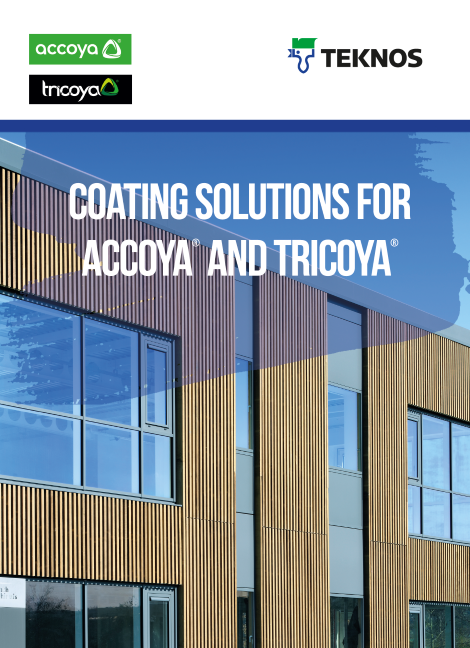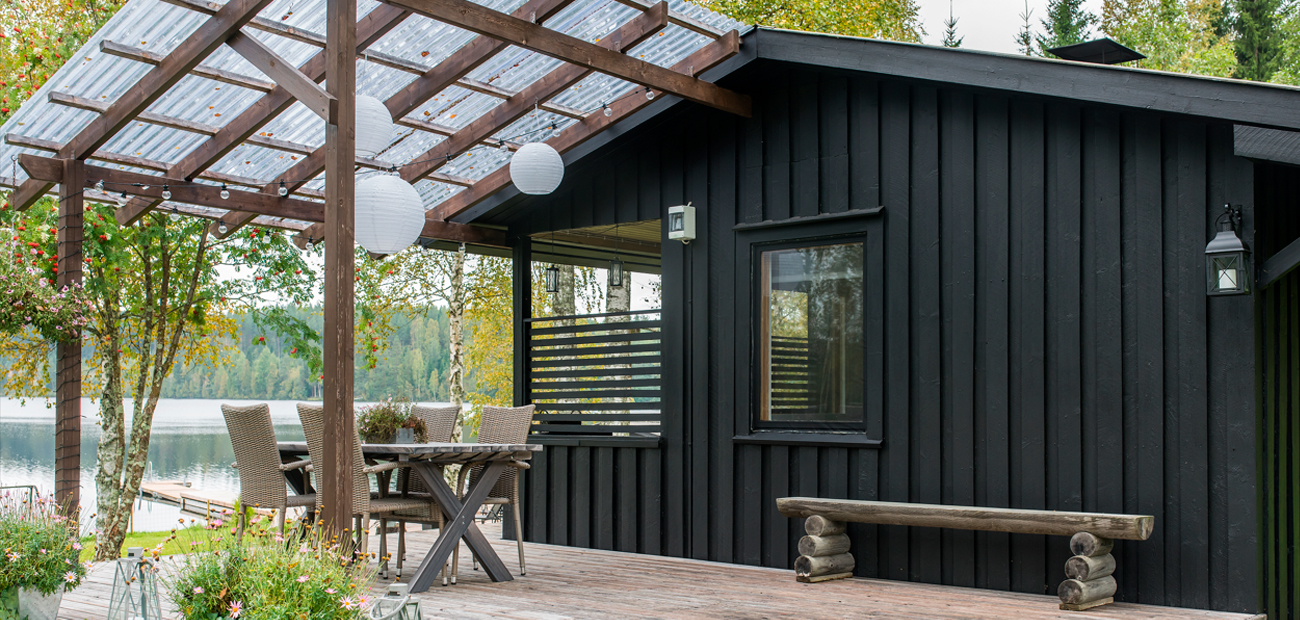Timber cladding a natural component for both contemporary and traditional architectures
Timber cladding can be made from hardwood or softwood and installed in a several orientations depending on its intended design such as vertical, horizontal, and diagonal overlapping methods. It has becoming popular amongst architect and builder because of the wider range of wood species available for selection, flexibility in design, light weight and relatively easy to install.
Besides its charming effect, it has good function to protect the wall from penetration of moisture, rainwater, and sunlight. Comparing the cladding made from metal and plastic composite, wood is considered by many to be the ultimate sustainable building material as it provides better heat insulation properties, more energy efficiency and contributes less emission to the earth.
Wood Protection and Care
Wood is a naturally hygroscopic substrate; it has the ability to adsorb or desorb water in response to temperature and relative humidity of the environment. A proper coating treatment, sealing and surface protection can protect the wood against moisture ingress, rainwater, and sunlight. It minimises the wood ageing and structural damage including discolouration, mold and fungus growth, flaking, warping, and cracking.
As wooden cladding is also exposed to the outdoor weather all day long, the accumulation of dust from the air is unavoidable, causing dirt pick up, streaking and staining spot. Therefore, a periodic inspection, cleaning and maintenance by professional is necessary to extend the lifespan and retain its integrity for many years to come.
Solutions offer by Teknos:
In Teknos, we offer a full range of exterior coating solutions for cladding in both opaque and translucent finishes including wood preservative, primer, sealer and topcoat. Our products can be applied by dipping, flow coating, spraying and brushing. They are also suitable for different types of wood species ranging from tropical hardwood, softwood, modified hardwood to modified softwood.
Recommended construction layers
1) System for hardwood
- Film forming (opaque) on rubberwood

- Film forming (translucent) on rubberwood/acacia
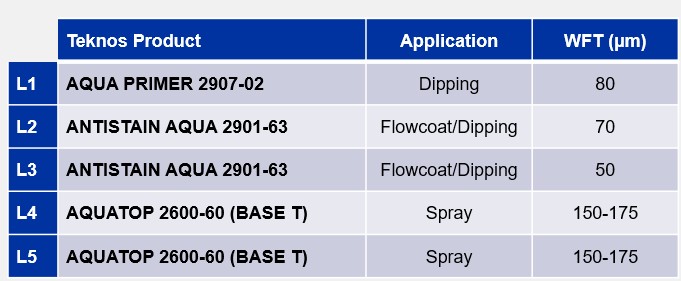
- Semi-film forming (translucent) on rubberwood/acacia

2) System for Softwood
- Film-forming (opaque) on pine

- Film-forming (translucent) on pine
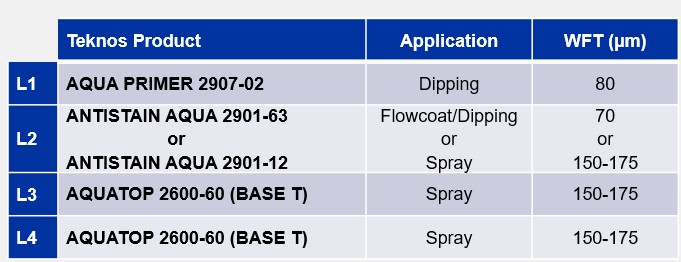
3) System for modified hardwood:
- Film forming (opaque) on thermo acacia

- Film forming (translucent) on thermo acacia

4) System for modified softwood Accoya®
- Film forming (opaque)

- Film forming (translucent)

- Semi-film forming (opaque/translucent)

5) System for modified softwood Tricoya®
- Film forming (opaque)
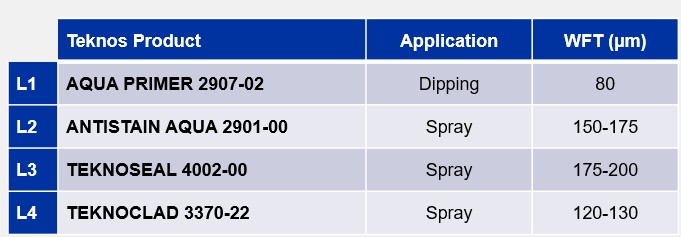
- Film forming (translucent)
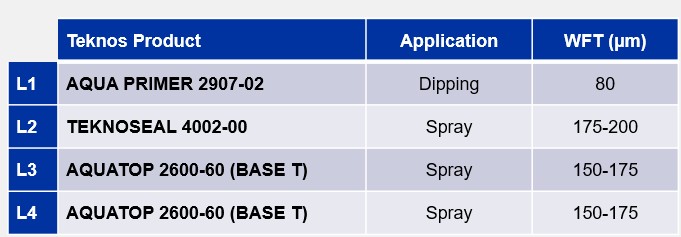

About Accoya® and Tricoya®
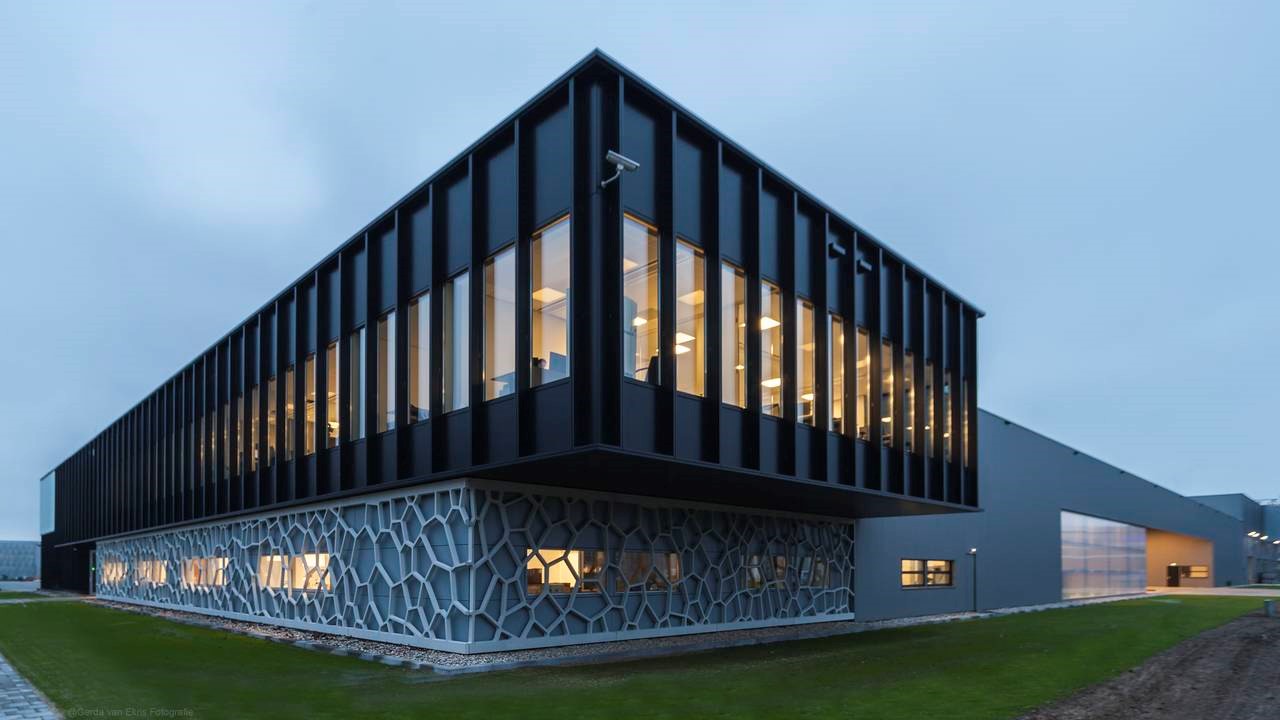
Modified wood such as Accoya® and Tricoya® offer a combination of stability, durability and versatility so are ideal for the manufacture of external joinery, cladding, windows and doors. Teknos paints have been used on Accoya® and Tricoya® for over 15 years. It has undergone independent trials to test its performance and has met the highest expectations in the quality and service level for both Accoya® and Tricoya®. Read more
Sales and Technical Support:
Finding the right Teknos coating solutions for your cladding are easy, simply consult our Teknos Sales Specialist to obtain more information and share your requirements. Submit your contact request here.
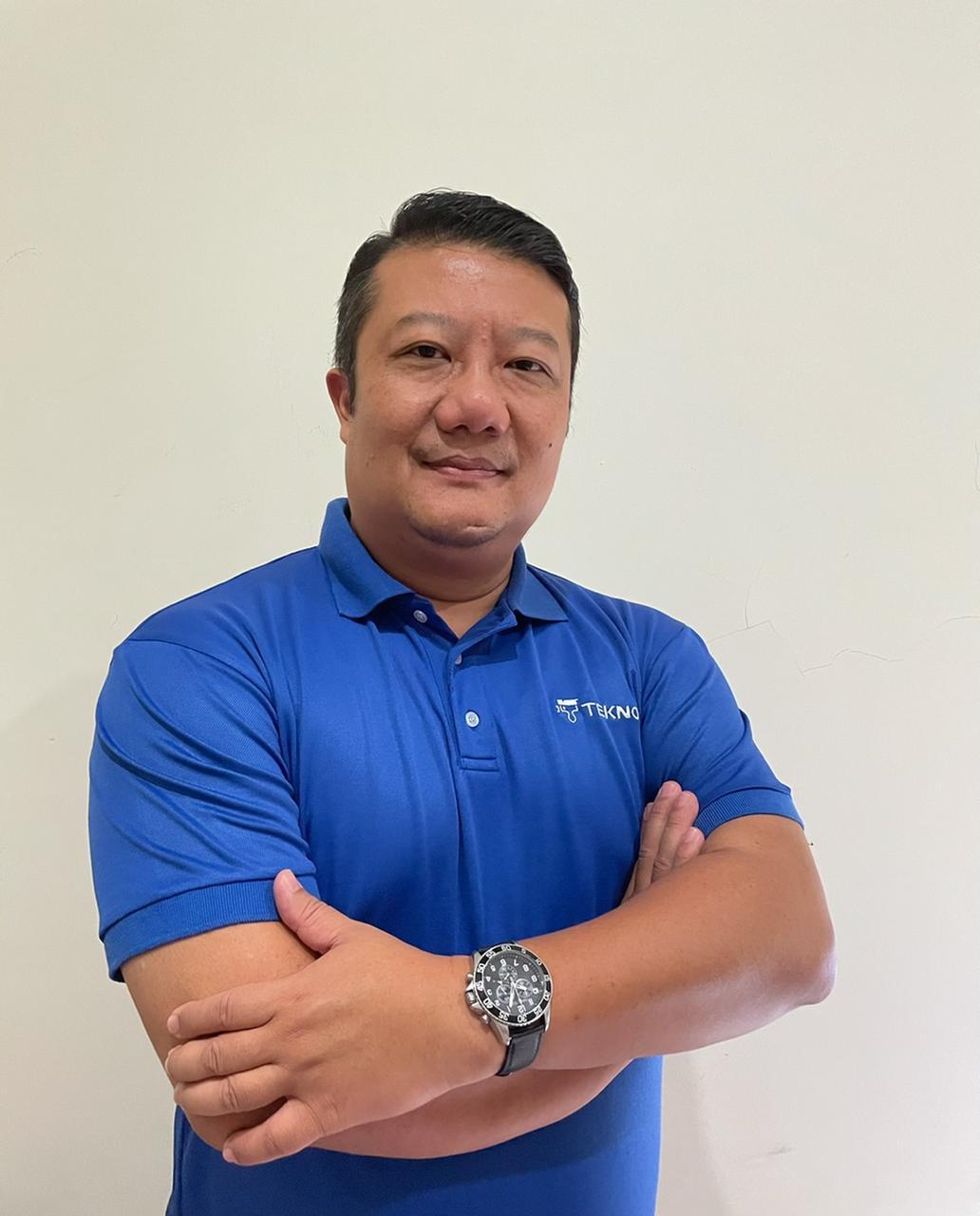
Ask for more information
Yanuar Yogaswara Maryono
Business Development Manager, Exterior Coatings
yanuar.maryono@teknos.com
